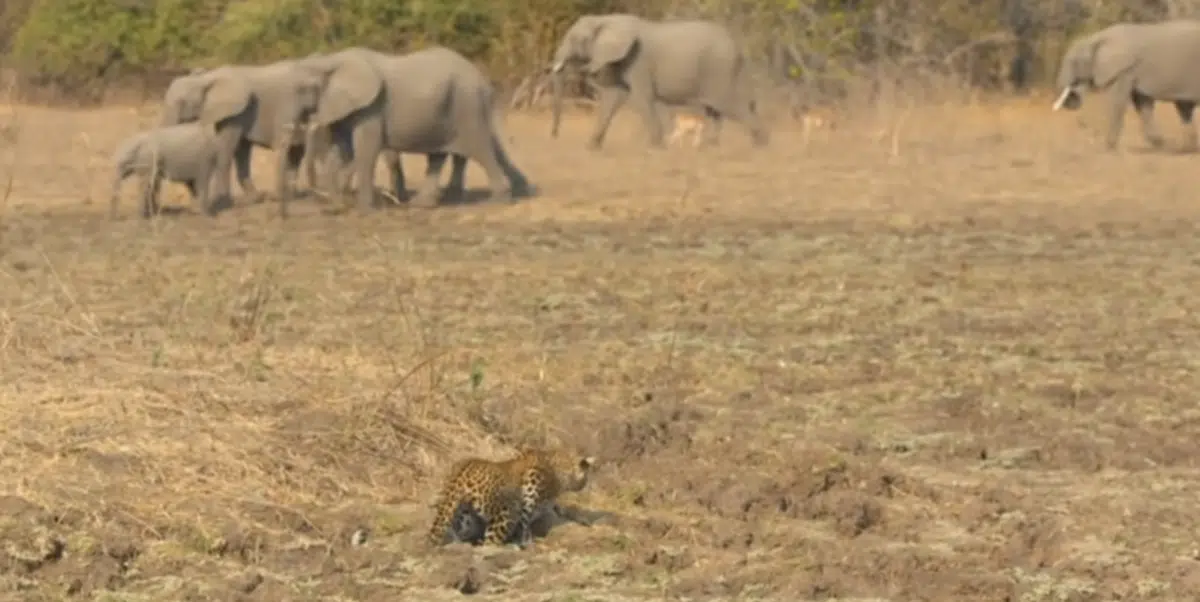Under the blazing sun, somewhere in Africa, a leopard, a notoriously nocturnal hunter, did the unthinkable – hunt baboons in broad daylight.
Read to the end to watch the video!
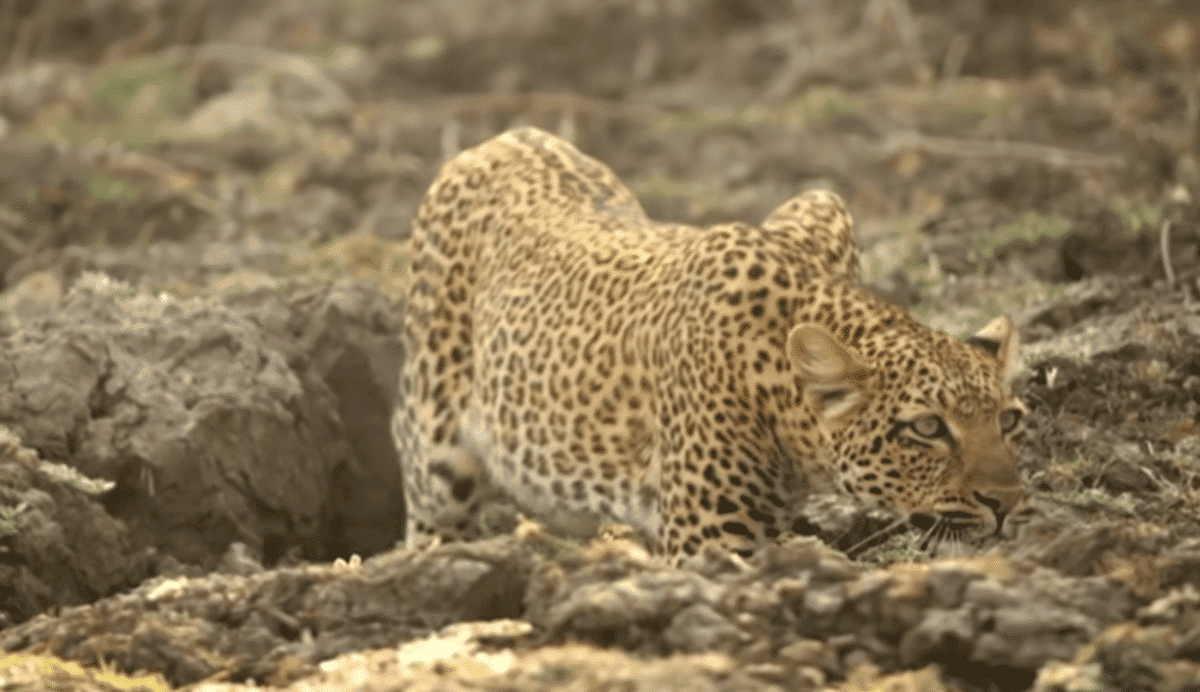
Hiding in plain sight, surrounded by elephants and a troop of baboons, the feline masterfully extracts her innate stealth abilities, stalking low, almost parallel to the rugged, beaten-up terrain.
The end result? An infant for lunch.
The Elusive Leopard and its Hunting Mastery
Under the unforgiving African sun, leopards emerge as sleek, solitary hunters with an extraordinary blend of strength, agility, and stealth. Renowned for their distinctive golden coats adorned with rosettes, these enigmatic felines navigate a variety of habitats, including dense jungles, arid deserts, and savannas.
Leopards are opportunistic predators, demonstrating remarkable adaptability in their hunting habits. While they primarily target small to medium-sized mammals like impalas and duikers, leopards are known for their ability to take down larger prey when the opportunity arises. Their powerful build allows them to execute stealthy ambushes, often dragging their catch into the safety of the dense vegetation to avoid scavengers and larger predators.
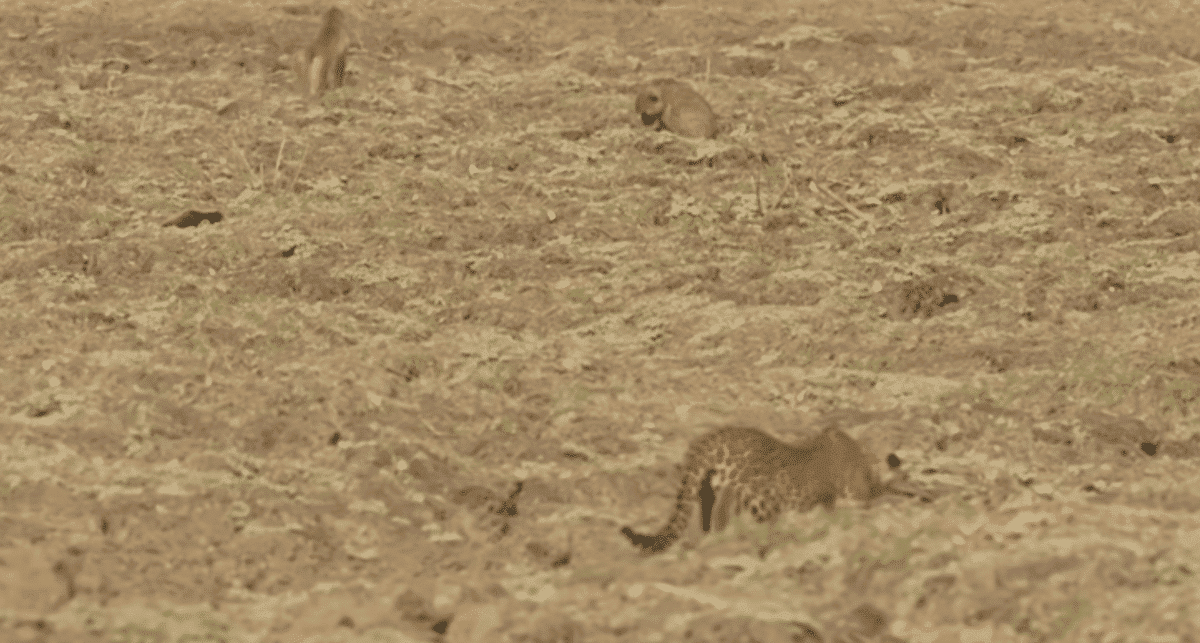
The nocturnal nature of leopards adds an element of mystery to their hunting expeditions. Under the cover of darkness, they exploit their keen night vision and silence to become effective hunters. However, the instance of a leopard hunting a baboon in broad daylight showcases the complexity of their predatory behavior and their ability to seize opportunities even during unconventional hours.
Baboons, despite their collective defenses, are not impervious to the leopard’s calculated tactics. Leopards possess the capability to infiltrate baboon troops and exploit vulnerabilities within the social structure. The choice to hunt a baboon during the day underscores the leopard’s adaptability, challenging the baboon’s vigilant defenses by capitalizing on unforeseen circumstances.
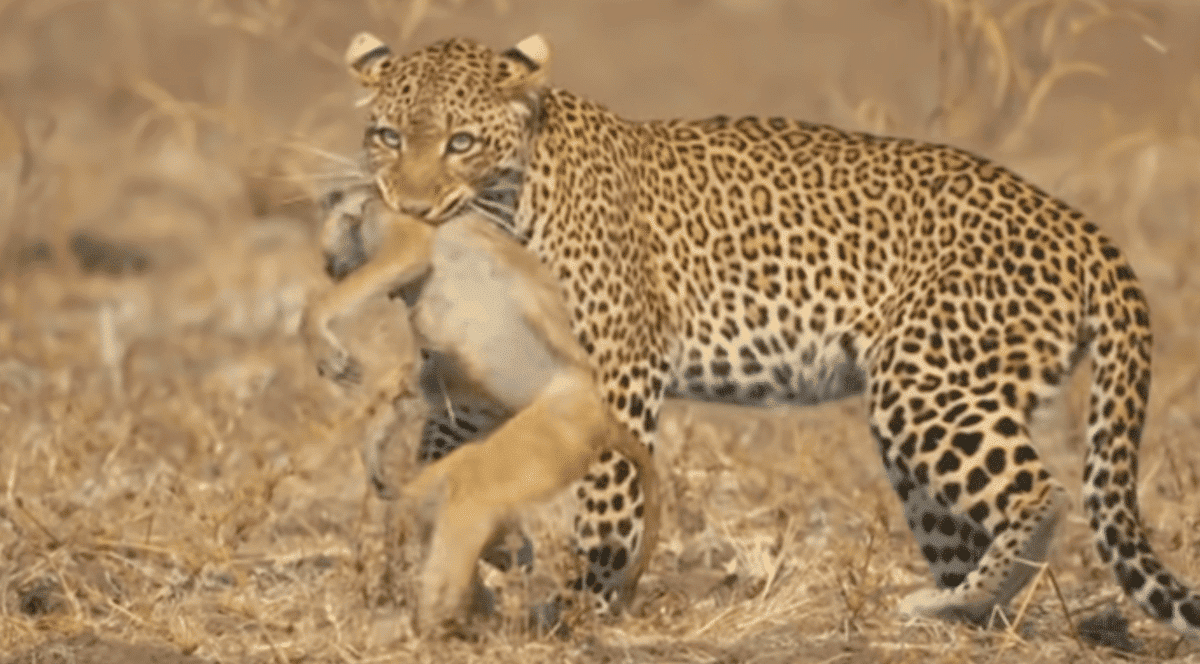
In the intricate dance of survival between leopards and baboons, each species contributes to the delicate equilibrium of their ecosystems. The elusive leopard, with its hunting prowess, ensures the regulation of prey populations, while the vigilant baboon troop remains an essential component of the intricate web of life in the African wilderness. Witnessing such extraordinary events reminds us of the dynamic interplay between predator and prey, highlighting the constant evolution and adaptation within the diverse tapestry of the animal kingdom.
The Intricate World of Baboons
Amidst the expansive landscapes of Africa, baboons, with their distinct features and intricate social structures, navigate the complexities of the wild. These intelligent and highly adaptable primates are characterized by their dog-like snouts, tufted tails, and, most notably, their complex social hierarchies within troops.
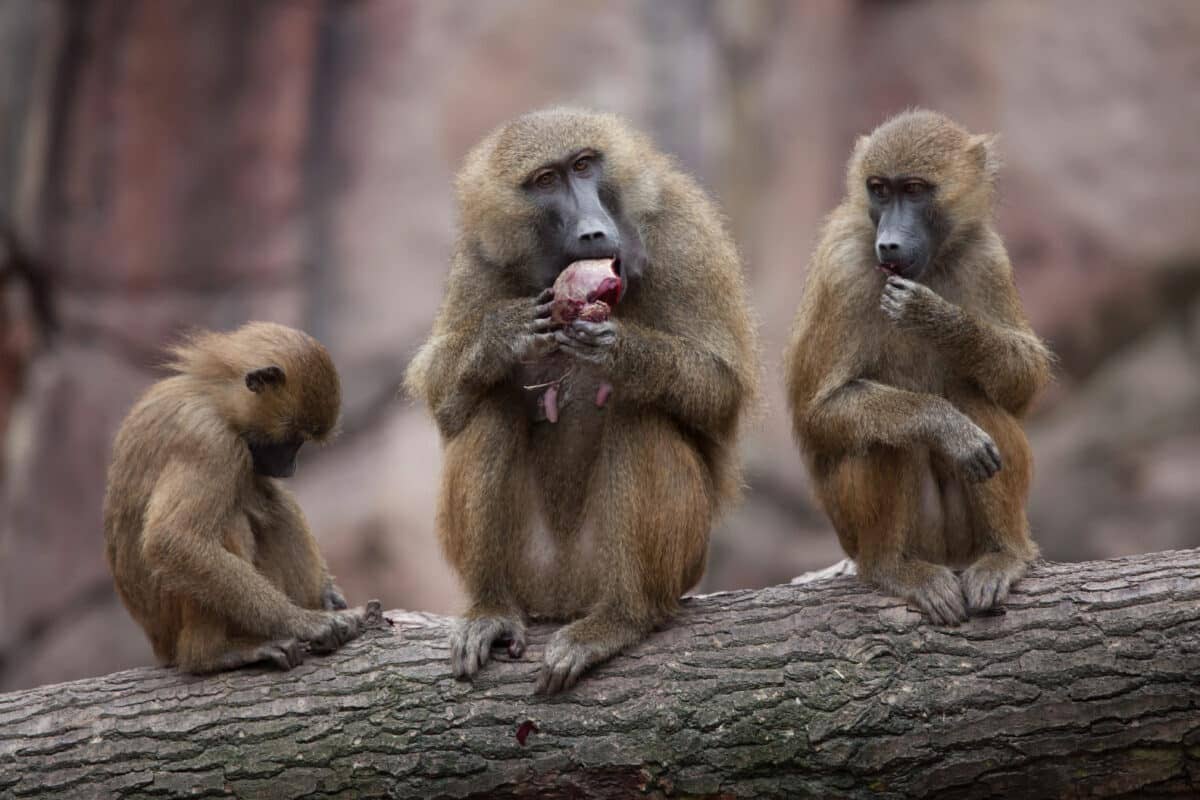
Baboons are predominantly herbivores, with their diet comprising a variety of plant matter, fruits, seeds, and occasionally insects. Their omnivorous tendencies contribute to their adaptability, allowing them to thrive in a diverse range of habitats, from open savannas to dense forests. Living in cohesive troops, which can range from a few individuals to several hundred, provides them with strength in numbers, enhancing their collective ability to forage, detect threats, and protect one another.
In the animal kingdom, baboons are known for their acute awareness and communication skills. Their sharp eyesight and intricate vocalizations enable them to navigate the challenges of their environment effectively. This heightened vigilance is crucial in safeguarding the troop from predators, including the elusive leopard.
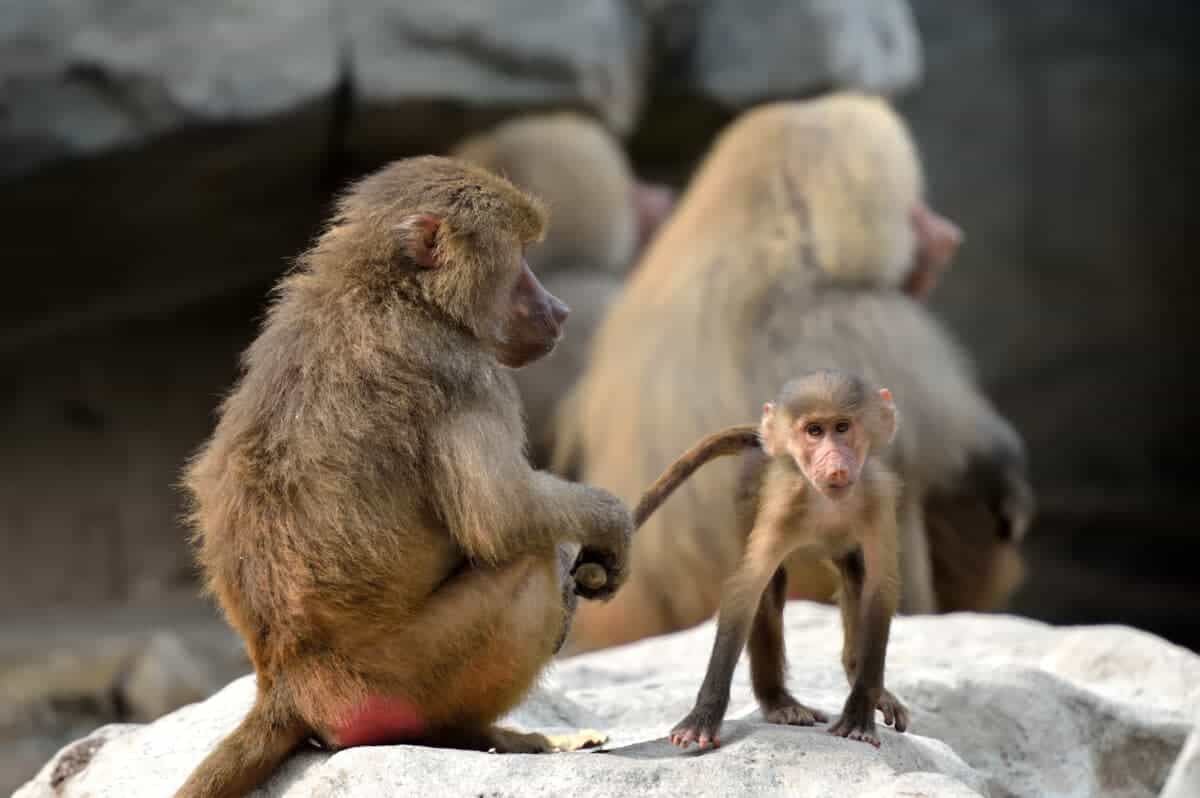
Leopards, with their predatory prowess, pose a constant threat to baboons. Baboons have developed a sophisticated system of vigilance and defense mechanisms to counter potential attacks. The hierarchical structure within the troop plays a pivotal role in their survival strategy, with sentinels positioned strategically to keep watch for any signs of danger. The troop’s collective alarm calls and coordinated responses create a formidable deterrent against predators.
Watch This Remarkable Event
Join our Forum for free today!

- Elderly Man Kills Grizzly Bear in Montana - July 22, 2024
- Missing Cat Found Weeks Later, 40 Miles Away - July 21, 2024
- The Fastest Animal on Earth: So, How Quick Are Cheetahs? - July 21, 2024

